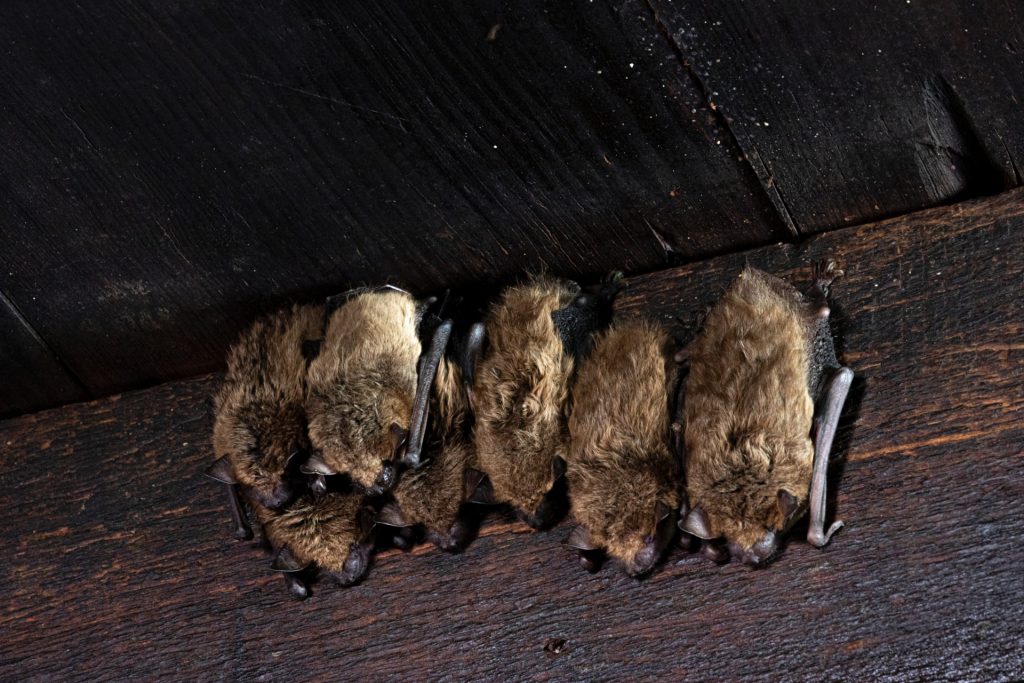
Bats bring ecological and economic benefits.

Bats are misunderstood and threatened.

Help bats at home, in your yard, and in nature.

Caves, bridges, mines across the United States provide bat viewing opporunities.
Bats are remarkable mammals and are the only mammal in the world that can sustain true flight. Their four long fingers and thumb are connected by a thin layer of skin that makes them even more agile in flight than birds.
There are about 1,400 species of bats worldwide, but only 45 species are found in the United States. The species are divided into two types of bats: microbats and megabats.
Microbats — Most bats are microbats. They come out at night and eat insects. They navigate the world using echolocation, which is a system of using sound waves. These waves are created by their high-pitched sounds that travel until it hits an object. The sound then bounces back to the bats, telling them the object’s size and distance from them.
Megabats — These bats are usually larger than microbats. They live in the tropics and eat fruit, nectar, and pollen. They don’t use echolocation but have a strong sense of smell and large eyes that guide them.

When caves and hollows of trees are not readily available, buildings provide bats with a stable environment in which to rest and have their young. Regardless of their beneficial qualities, bats are unwanted animals when they find their way into a home or commercial building.
Although quieter than having mice, rats, or squirrels running around in your attic, bats do harbor viruses that can cause disease in people, including rabies, Ebola, and SARS. In addition, their urine and feces (called guano) contain microorganisms that are also harmful to the health of humans. As bat guano and urine accumulate, it becomes a health hazard when the odor and particles are spread through ducts.
Bats provide both ecological and economic benefits to the world we share:

For the health of families and employees, bats should be removed humanely from buildings as soon as their presence is discovered. Because bats are protected wildlife (specific species are even endangered), they should be removed by a wildlife control specialty company that knows local and regional regulations.
Professionals will also be able to remove the bats in a way that does not harm them, while also keeping the health of people in mind. Wildlife control specialists will also clean and sanitize the infestation area and seal up gaps in your home so no new infestation can occur.


